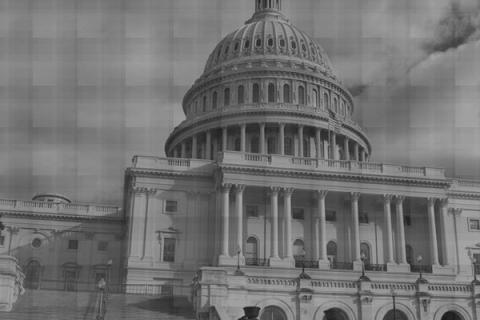
US Representative Pete Stark is facing his first serious reelection challenge in years against a fellow Democrat for the redrawn 15th Congressional District. Eric Swalwell hopes to unseat an incumbent that has been in office since Richard Nixon’s second presidential term.
The new open election system in the state, implemented after Proposition 14 was passed in 2010, allows the top two vote-getters during the primary election, regardless of party affiliation, to face each other in November. One possible result of the nonpartisan primary system is that the general election could feature two candidates from the same party. This means that some campaigns have to abandon a partisan strategy that may have been considered safe in the past
Pete Stark was elected to the US House of Representatives in 1972 in California’s 8th Congressional District and has easily won reelection nineteen consecutive times after multiple rounds of redistricting. Rep. Stark, now 80, hasn’t been forced to run a campaign against a serious candidate in decades. From 1992 to 2010, after the second round of redistricting, he won every election for CD-13 with over sixty percent of the vote.
Gerrymandering has helped Stark during his political career. He was accustomed to running in a congressional district where Democrats outnumbered Republicans 3-to-1. However, new electoral rules make the CD-15 race competitive. Stark is forced to run for reelection in a district that includes more independent and moderate voters. Due to the “top two” system, these voters are in a position to decide the election.
Eric Swalwell, Dublin city councilman, finished second in the primary election on June 5 with 35.3 percent of the vote. Rep. Stark beat Swalwell by over seven percentage points. However, Mr. Swalwell sees an opportunity for victory in the general election and believes he wouldn’t have had a chance if not for the “top two” system.
"It is the reason we are in the top two right now,” He said. “For us, it was the factor that allowed us to get into the race. I would not be running if the open primary did not exist."
Proposition 14 created a system that inevitably leads to more competitive races. Voters also have an opportunity to ensure their voice is heard, especially in districts where certain segments of the voting age population may have felt disenfranchised in previous elections because elected officials knew they didn’t need their vote to win.
“The voters in our district have a chance at a new direction because of the open primary,” Swalwell added.
By advancing out of the primary, the success of Eric Swalwell’s campaign has put pressure on his opponent. Rep. Stark can no longer rely solely on a partisan message to keep his congressional seat. His campaign must reach out to independent voters and Republicans, because they will ultimately swing the election one way or the other.
Swalwell believes his campaign has built a solid coalition of Democrats, Republicans, and independents. By bringing these three groups together, he said nonpartisan, open primaries are part of the solution to gridlock on Capitol Hill. He called the electoral system the “silver bullet” to eliminate hyper-partisanship in Washington and said he will gladly support open election initiatives across the US:
"Not only would I support it, but I would like to be a part of the torch carrying nationwide."
Before California had open primaries, candidates in decisively polarized districts knew they only needed a certain group of voters to win the election. If the candidate was in the party that the majority aligned with, they didn’t have to reach out to other voters. Their message could be purely partisan.
However, nonpartisan elections allow candidates to broaden their message. Many voters want elected officials to focus on the fact that, while people have different political philosophies, all Americans have the same needs. Elections like the congressional race for CD-15 require candidates to speak to Democrats, Republicans, and independent voters.
[The Pete Stark campaign was contacted for comment, but have not responded yet. The article will be updated accordingly if a response is received]
